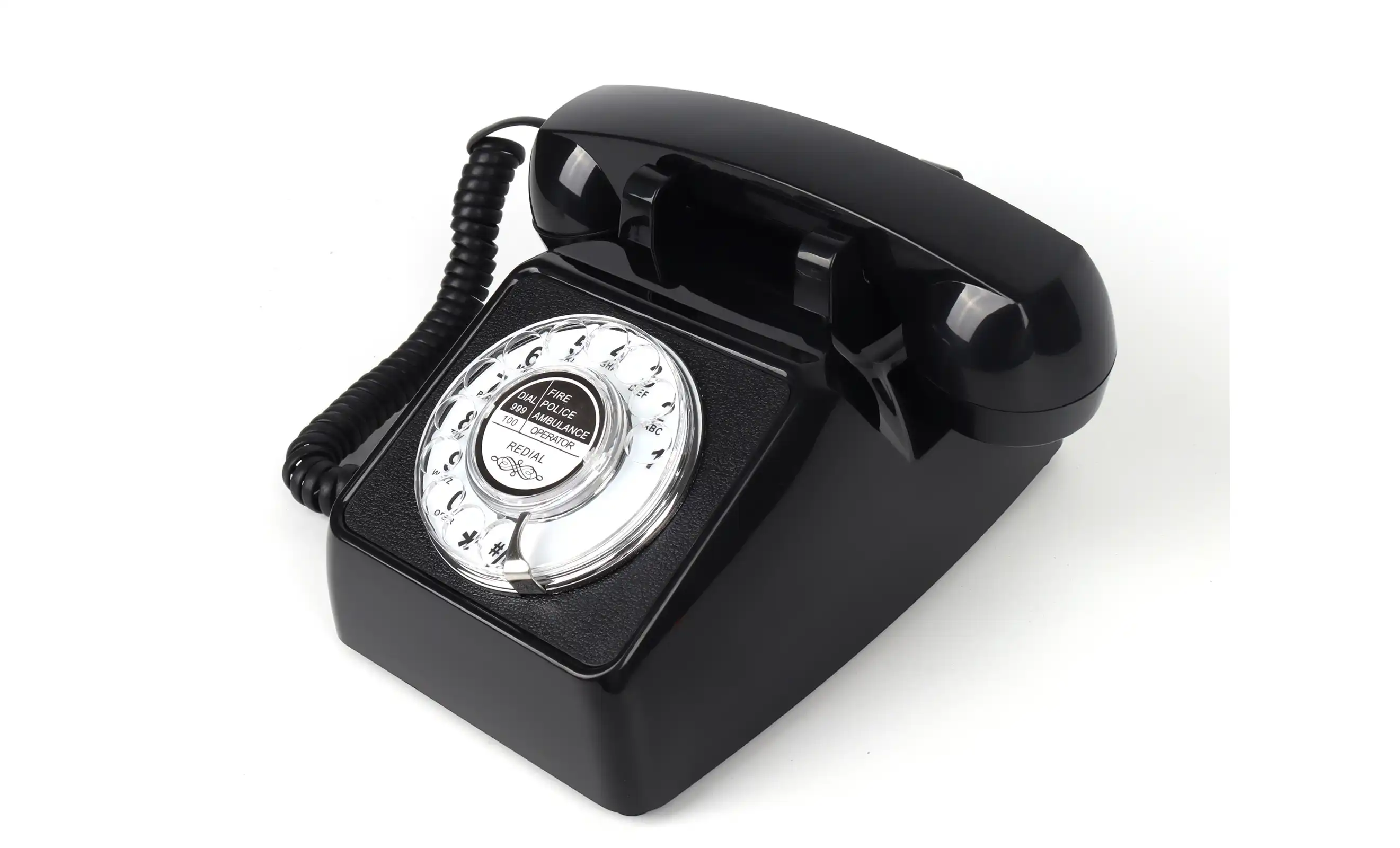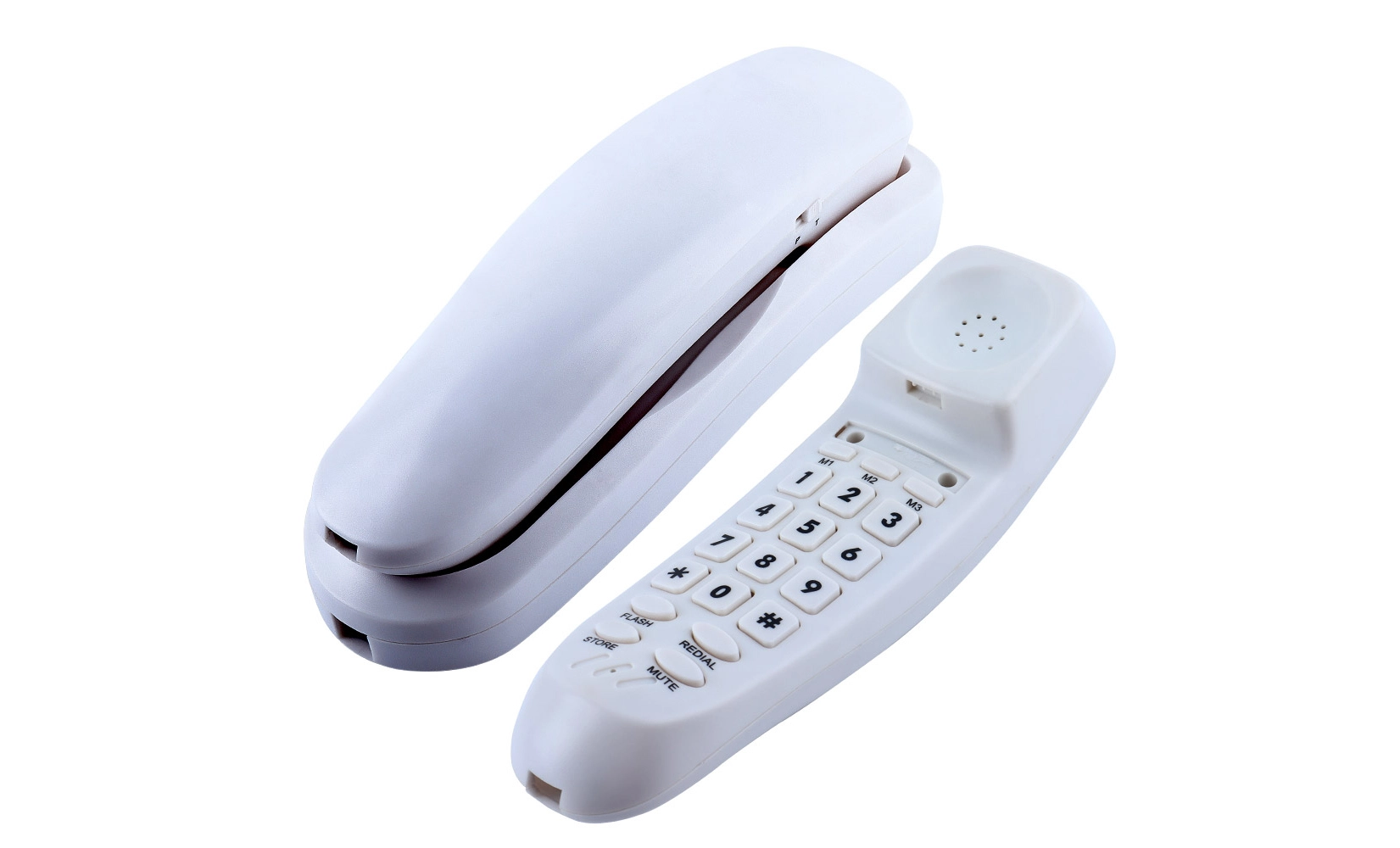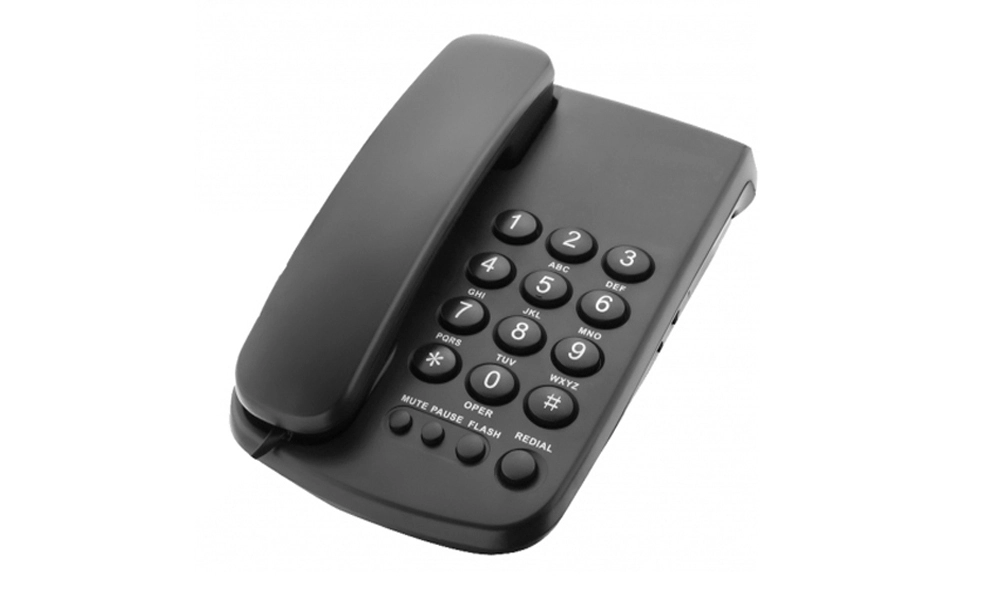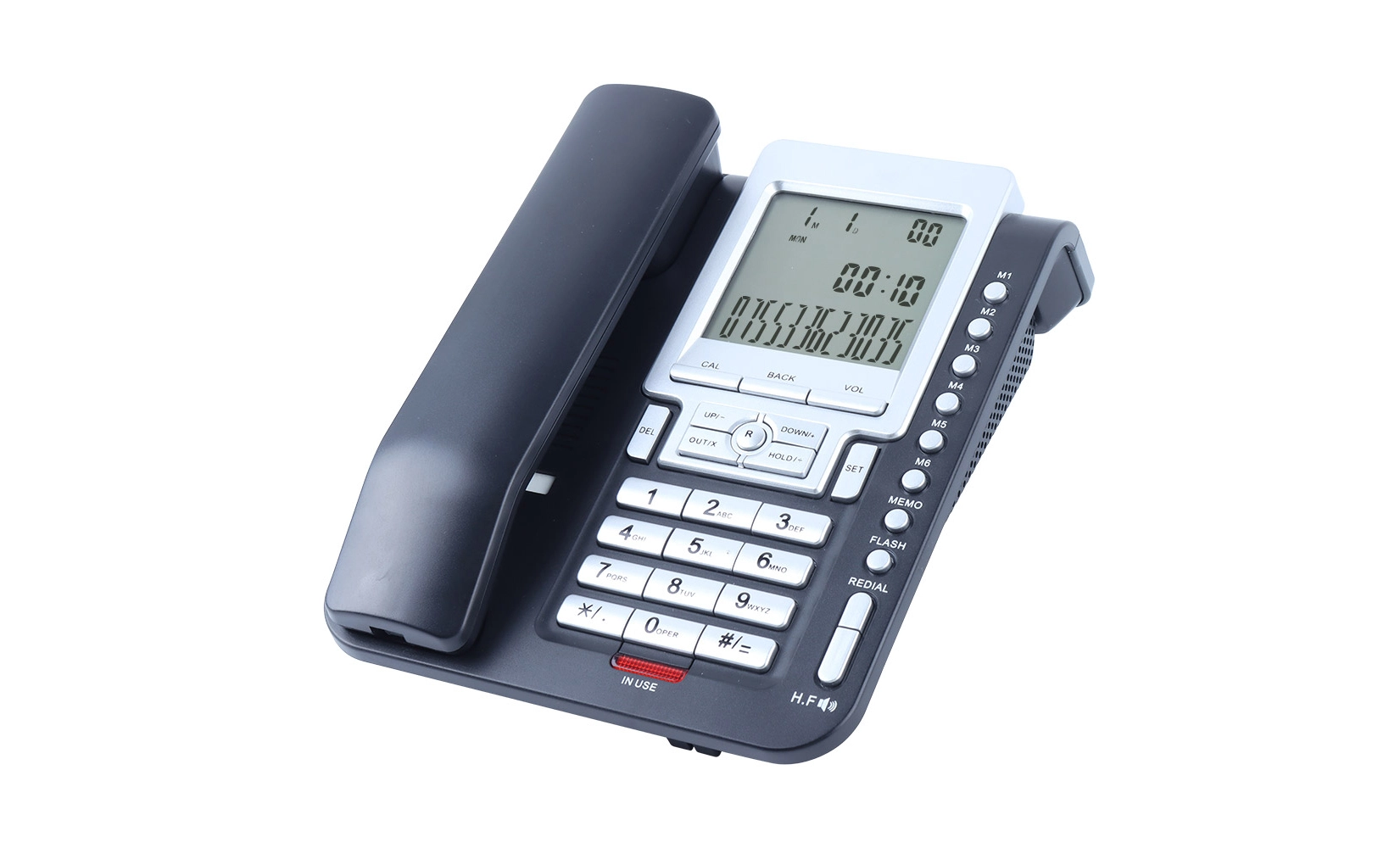The Aesthetic Appeal of Vintage Telephone Replicas
Nostalgia and Design Elements
Vintage telephone replicas exude an undeniable charm that transcends mere functionality. Their intricate designs harken back to an era when craftsmanship and attention to detail were paramount. The iconic rotary dial, once a ubiquitous feature, now serves as a focal point, inviting curious fingers to experience the satisfying click of each number. Ornate handsets, often featuring elaborate patterns or sleek, sculptural forms, transform these devices into miniature works of art.
Materials play a crucial role in the aesthetic appeal of these replicas. Many manufacturers opt for premium components like polished brass, hand-painted ceramics, or richly grained wood to elevate the visual impact. These tactile elements not only please the eye but also provide a sense of authenticity and quality that mass-produced plastic phones simply cannot match.
Integration with Interior Design
Interior designers and homeowners alike have embraced vintage telephone replicas as versatile decor pieces. Their ability to serve as statement accessories while maintaining a functional purpose makes them ideal for various design schemes. In minimalist spaces, a single rotary phone can act as a captivating focal point, adding a touch of warmth and history to an otherwise stark environment.
Conversely, in more eclectic or maximalist interiors, vintage telephone replicas seamlessly blend with other retro elements, contributing to a cohesive aesthetic. The wide range of styles available, from ornate Victorian-inspired models to sleek mid-century designs, ensures that there's a perfect match for nearly any decor preference.
Functionality in the Modern Age
Compatibility with Contemporary Systems
While the primary appeal of vintage telephone replicas often lies in their aesthetic value, many models offer surprising functionality in today's digital landscape. Manufacturers have ingeniously adapted these classic designs to work with modern telephone systems, allowing users to enjoy the best of both worlds.
Most replicas feature standard RJ11 connectors, enabling easy integration with existing landlines. Some advanced models even incorporate tone dialing capabilities, disguised within the rotary mechanism, ensuring compatibility with contemporary phone services that no longer support pulse dialing.
The Appeal of Analog in a Digital World
In an age dominated by smartphones and wireless communication, the deliberate act of using a rotary dial phone offers a unique experience. The tactile sensation of dialing, the weight of the handset, and the subtle mechanical sounds create a mindful ritual that stands in stark contrast to the instant gratification of touchscreen devices.
This intentional slowdown in communication can be refreshing, encouraging users to savor conversations and appreciate the act of reaching out to others. For many, using a vintage telephone replica becomes a form of digital detox, allowing them to step back from the constant connectivity of modern life, if only for the duration of a call.
Balancing Form and Function
Customization and Modernization
To bridge the gap between vintage aesthetics and modern functionality, some manufacturers offer customizable options. These allow buyers to maintain the classic look of a rotary phone while incorporating contemporary features such as caller ID displays, adjustable volume controls, or even Bluetooth connectivity for use with mobile devices.
This blend of old and new caters to those who appreciate the visual appeal of vintage designs but require the conveniences of modern technology. Such hybridization ensures that vintage telephone replicas remain relevant and usable in today's fast-paced world.
 The Collector's Perspective
The Collector's Perspective
For collectors and enthusiasts, the debate between decor and function often takes a backseat to historical accuracy and rarity. Some prefer replicas that meticulously recreate every detail of original models, prioritizing authenticity over modern adaptations. Others seek out unique pieces that showcase innovative designs or rare color variations, valuing these phones more as art objects than communication tools.
The growing market for vintage telephone replicas has given rise to a vibrant community of collectors who share knowledge, trade pieces, and celebrate the rich history of telecommunications. For these individuals, the line between decor and function blurs, as each piece tells a story of technological evolution and cultural change.
Conclusion
Vintage rotary-style telephone replicas occupy a unique niche in the world of home decor and functional design. While their primary appeal often lies in their aesthetic value, many of these devices offer genuine functionality that aligns with modern communication needs. The choice between using a replica as a purely decorative element or integrating it into daily life ultimately depends on individual preferences and lifestyle requirements.
As technology continues to advance at a rapid pace, these nostalgic pieces serve as tangible reminders of a slower, more deliberate era of communication. Whether displayed as art, used for occasional calls, or fully integrated into a home's phone system, vintage telephone replicas offer a charming blend of form and function that continues to captivate design enthusiasts and tech-savvy individuals alike.
Stylish rotary units that blend charm and usability | CHEETA
CHEETA, a leading manufacturer of vintage telephone replicas, combines artisanal craftsmanship with modern engineering to create timeless communication devices. Our state-of-the-art 1,200㎡ facility houses over 100 skilled workers and 10 senior engineers, enabling us to produce 1,000 high-quality analog units daily. We pride ourselves on meticulous quality control, with 11 rigorous inspection steps ensuring a failure rate below 1%. Our products not only meet CE and RoHS standards but also offer full OEM/ODM customization options. At CHEETA, we're committed to preserving the charm of classic telephones while incorporating contemporary functionality. For inquiries about our exceptional vintage telephone collections, please contact us at allen@cheeta.com.cn.

 Vintage rotary-style telephone replicas have surged in popularity, straddling the line between decorative accent and functional communication device. These nostalgic pieces offer a captivating blend of aesthetics and practicality, appealing to both design enthusiasts and those seeking a tactile connection to the past. While primarily valued for their visual charm, many modern replicas maintain surprising functionality, connecting to standard phone lines and operating much like their authentic counterparts. This duality allows
Vintage rotary-style telephone replicas have surged in popularity, straddling the line between decorative accent and functional communication device. These nostalgic pieces offer a captivating blend of aesthetics and practicality, appealing to both design enthusiasts and those seeking a tactile connection to the past. While primarily valued for their visual charm, many modern replicas maintain surprising functionality, connecting to standard phone lines and operating much like their authentic counterparts. This duality allows 




